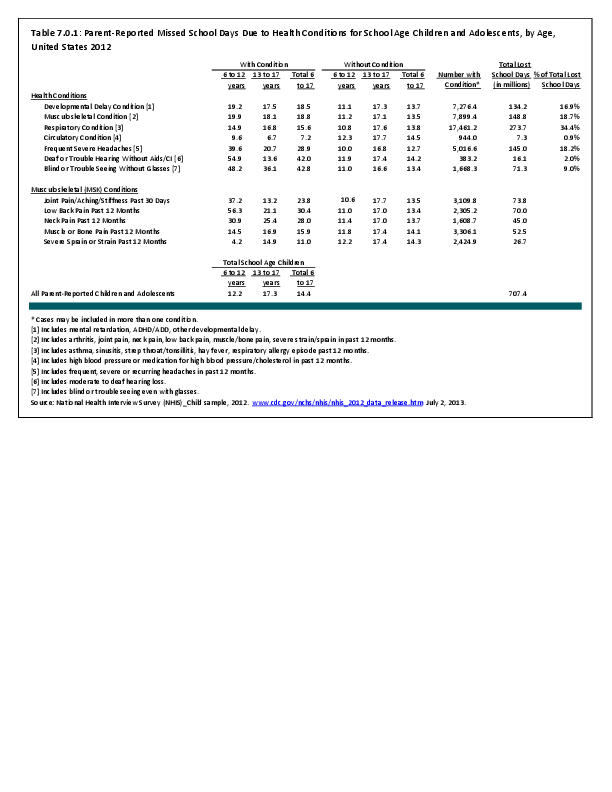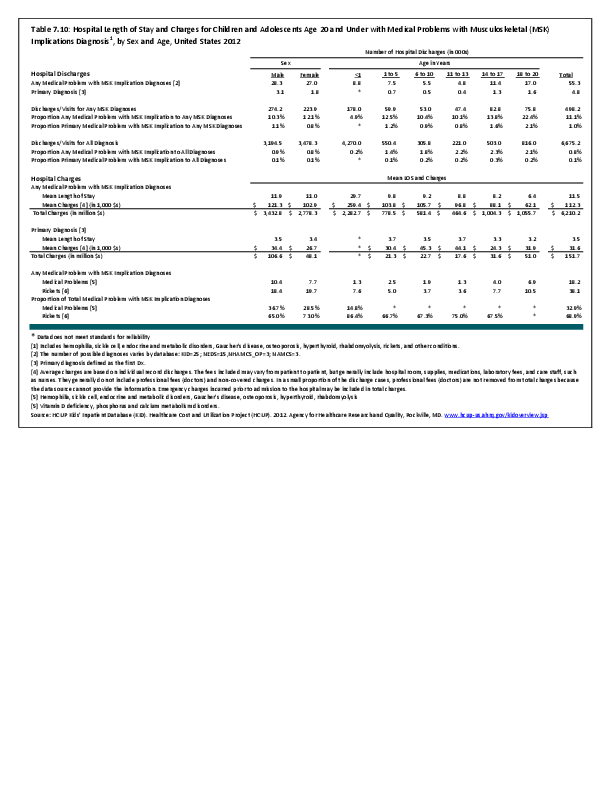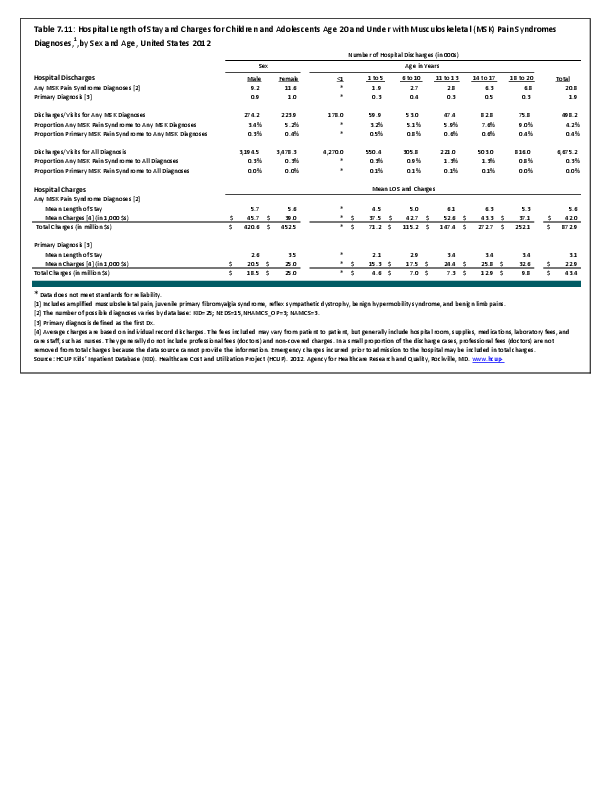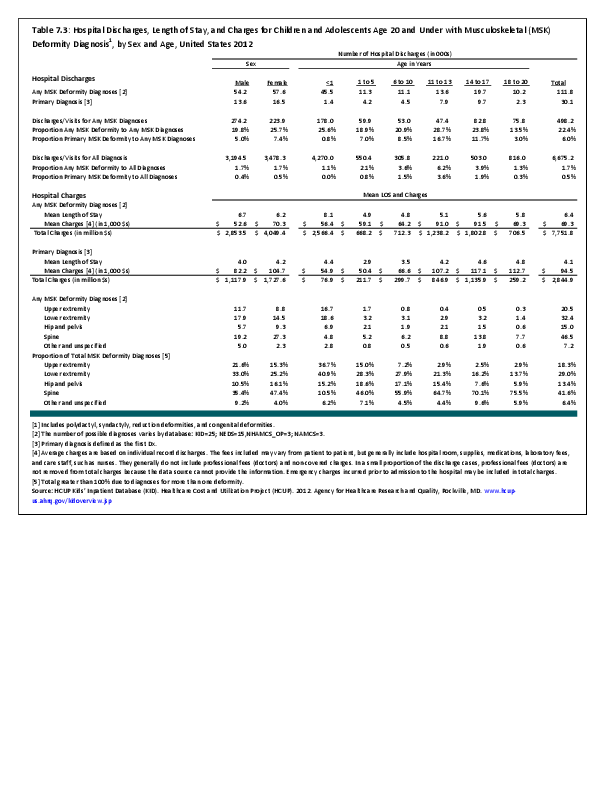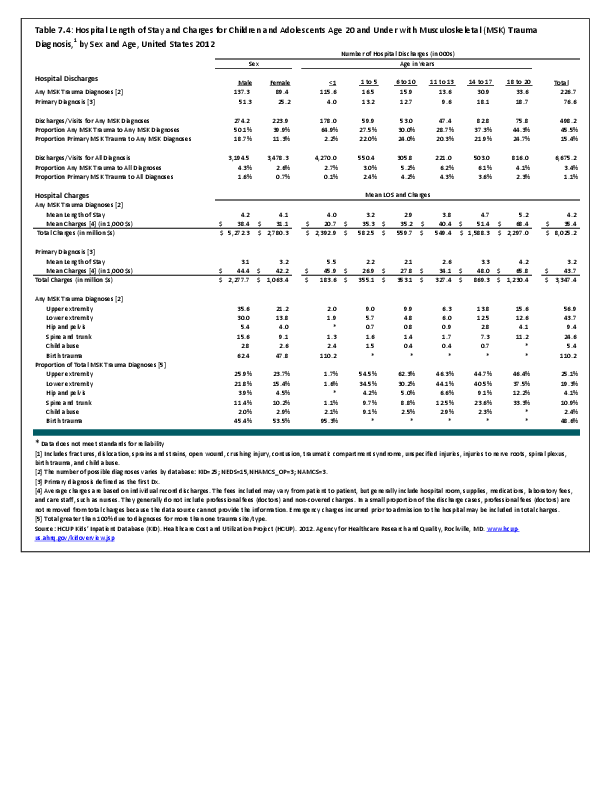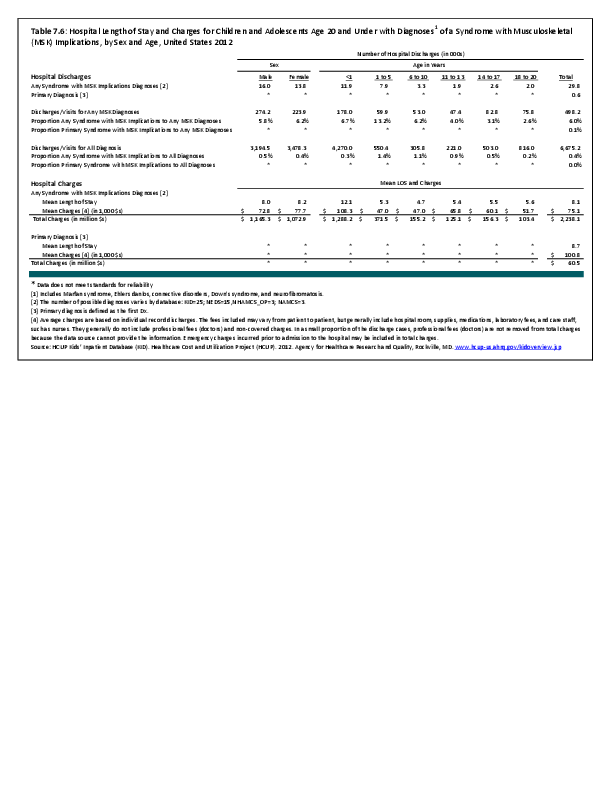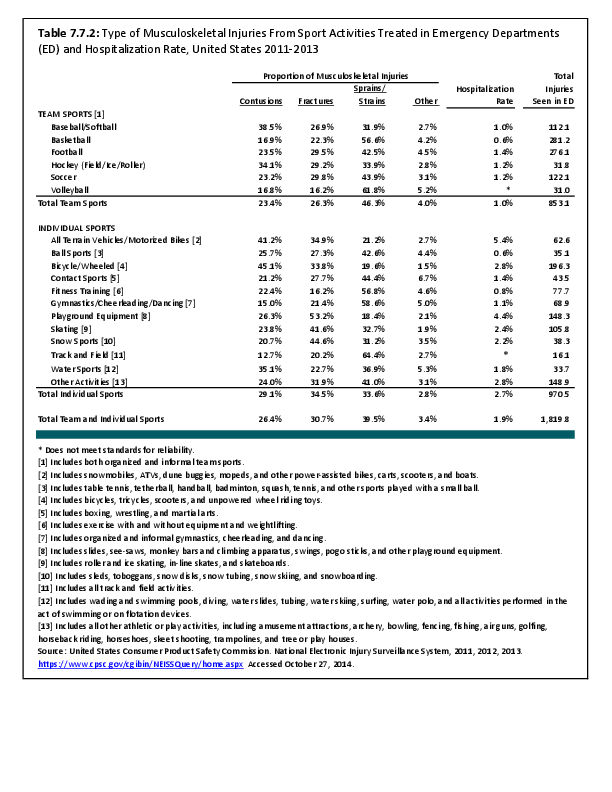Children & Adolescents
VII.B.6.0
Athletic participation by children and adolescents increased dramatically between 1997 and 2008,1 with participation declining slightly since the 2008 peak.2 Since the late 1990's, athletic specialization has increased, resulting in earlier focus on single sports. As a result, there has been a commensurate increase in pediatric sports-related injuries, both acute and related to chronic overuse.3 Pediatric and adolescent athletes are anatomically and physiologically different from adult athletes and therefore are at risk to sustain different injuries. Coordination and mechanics are less developed in pediatric athletes, placing them at greater risk for injuries related to falls and collisions. Growing athletes are at risk for most of the same injuries as adult athletes, but are uniquely susceptible to injuries about the physes and growth cartilage. Not only do these physeal (growth plate) and apophyseal injuries4 require unique treatments, but they may also result in growth derangement that can have long-term consequences. Adolescent female athletes also have been shown to have a two- to nine-fold greater risk of knee injuries, which may be related to age and gender-specific differences in anatomy, neuromuscular control, and hormone levels.5 Common pediatric sports-related injuries include anterior cruciate ligament (ACL) and meniscal tears, tibial eminence fractures, osteochondritis desiccans lesions, patellofemoral instability, Osgood Schlatter syndrome, little league shoulder and elbow, pelvic avulsion fractures, and distal radius epiphysitis.
- 1. National Council on Youth Sports (NCYS) Report on Trends and Participation in Organized Youth Sports Available at: http://www.ncys.org/publications/2008-sports-participation-study.php. Accessed February 21, 2015.
- 2. Physical Activity Council. 2014 Activity Report: The Physical Activity Council’s annual study tracking sports, fitness and recreation participation in the USA. Available at: http://www.physicalactivitycouncil.com/pdfs/current.pdf. Accessed February21, 2015.
- 3. Caine D, Caine C, Maffulli N: Incidence and distribution of pediatric sport-related injuries. Clin J Sport Med 2006 Nov;16(6):500-513.
- 4. Apophyseal injuries, unique in the adolescent athlete, cause inflammation at the site of a major tendinous insertion onto a growing bony prominence.
- 5. Ireland ML: The female ACL: Why is it more prone to injury? Ortho Clin NA 2002 Oct;33(4):637-651.
Edition:
- 2014

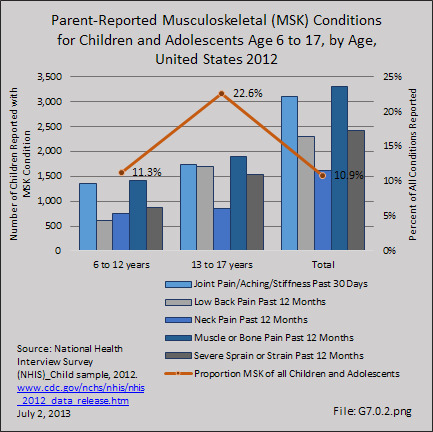

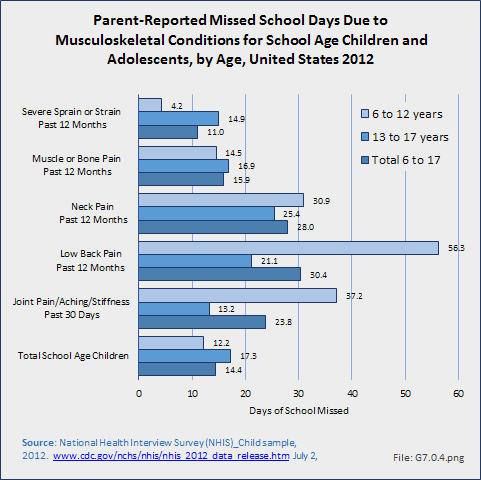
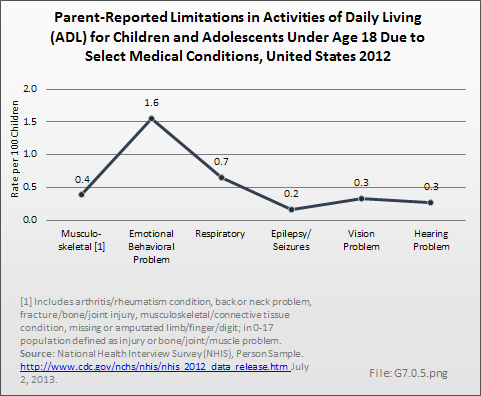

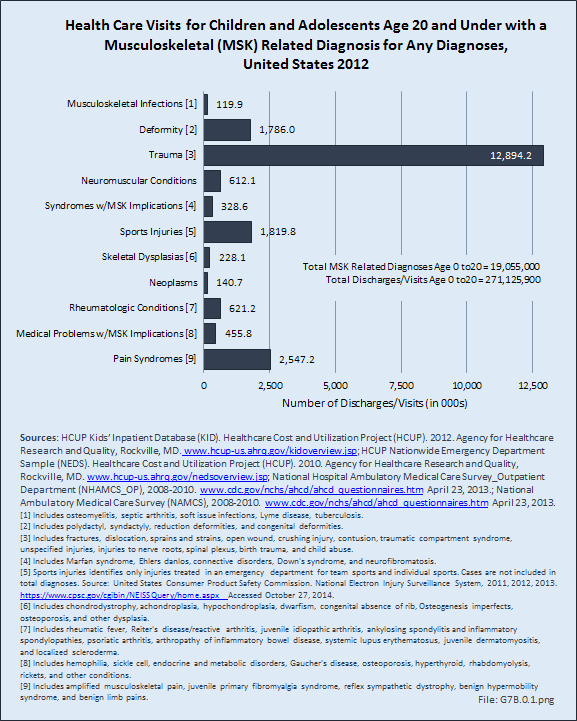
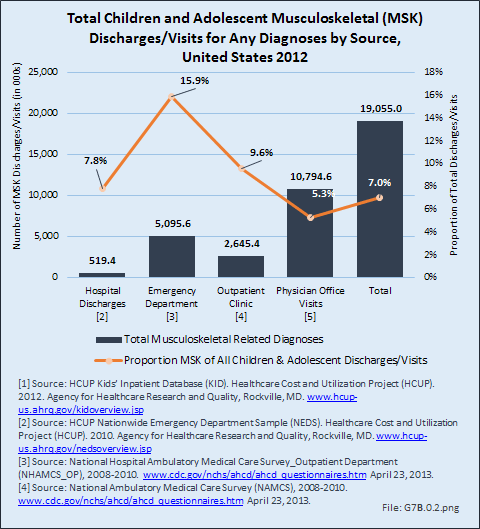

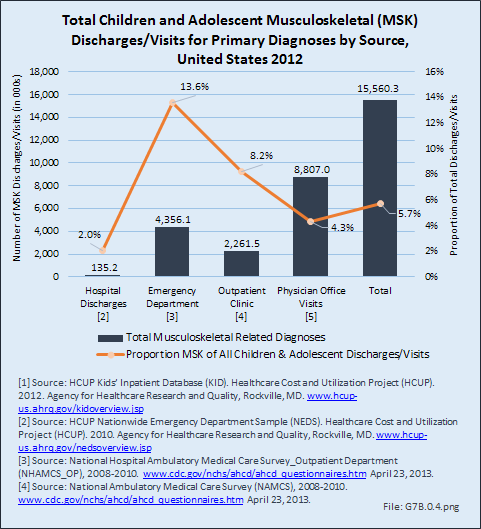
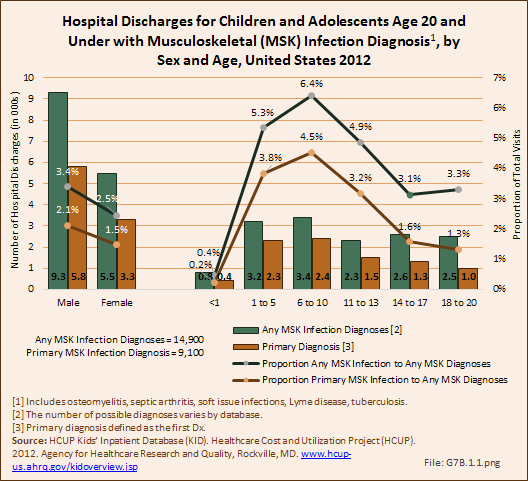
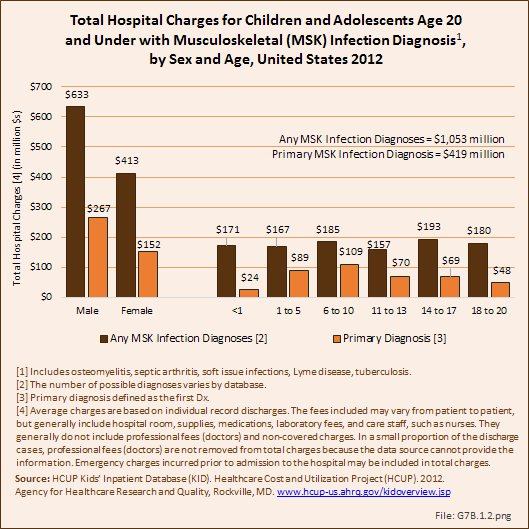

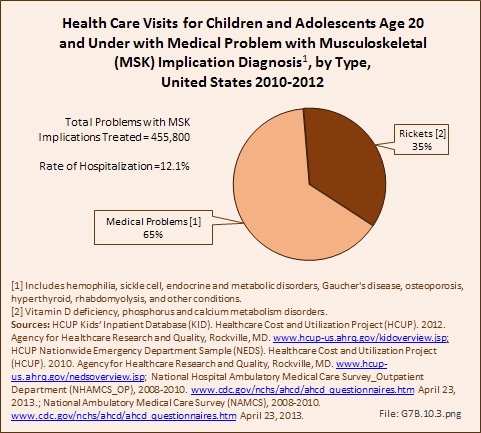
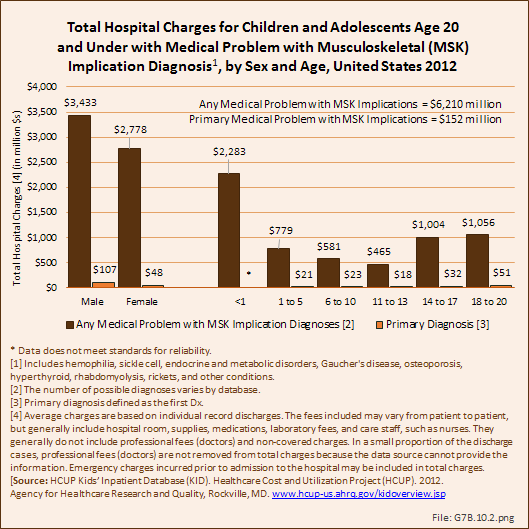

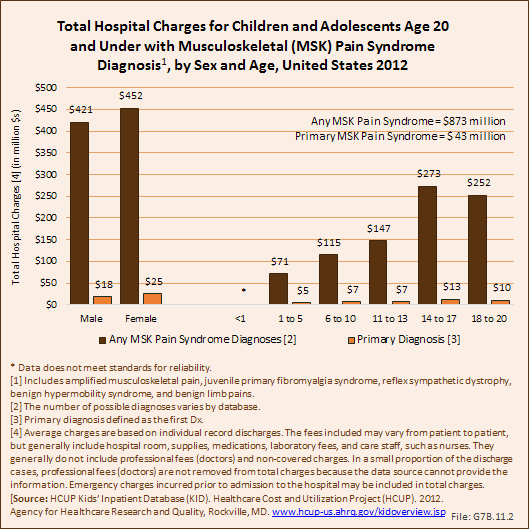
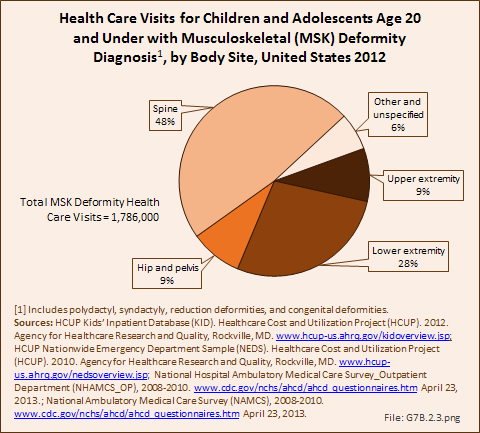
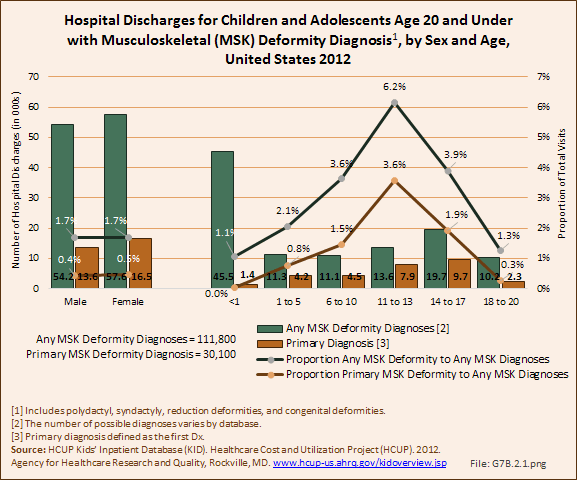
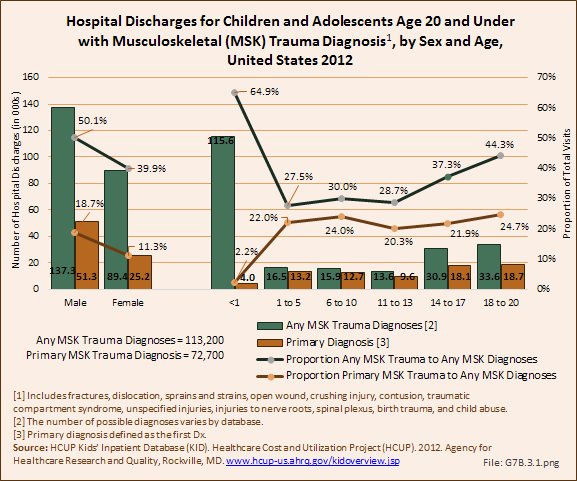
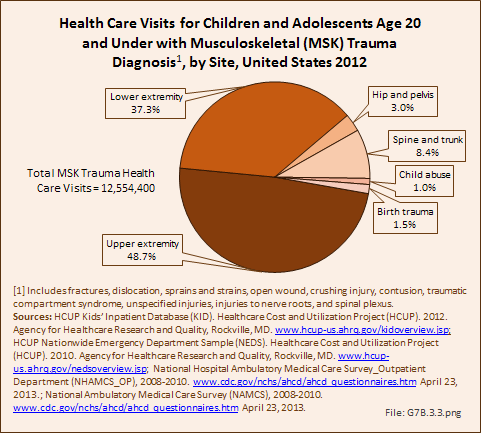


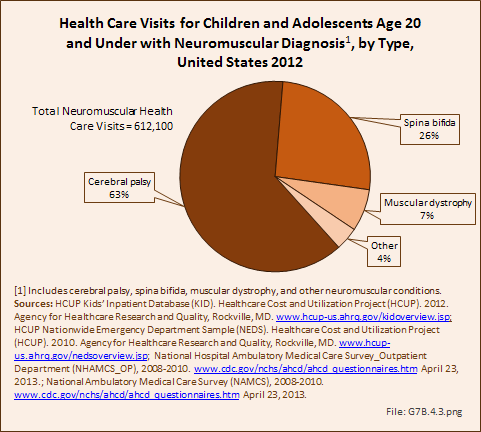
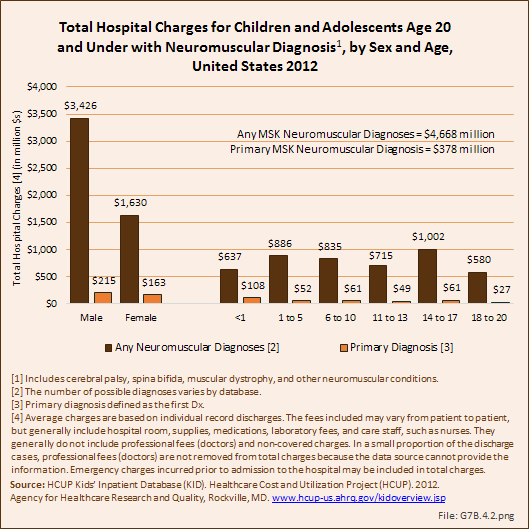
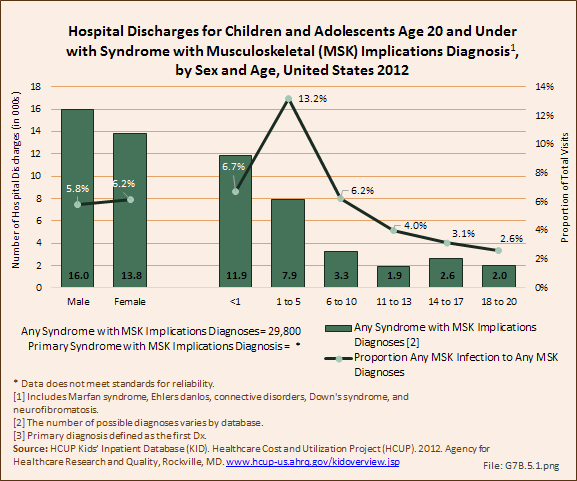
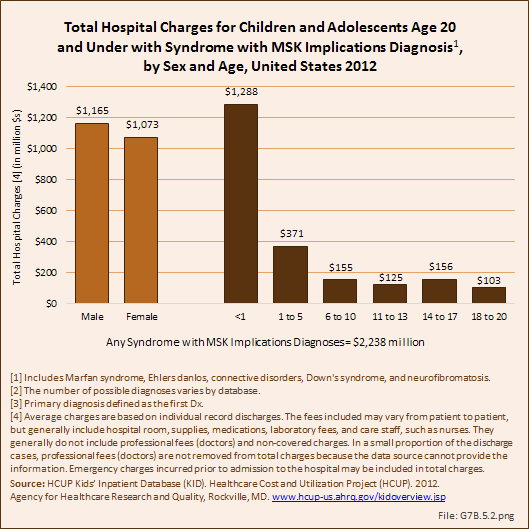
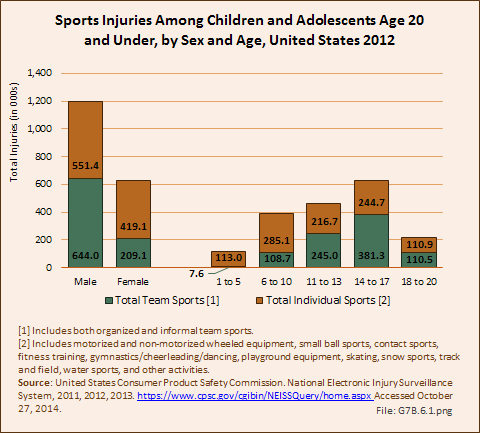
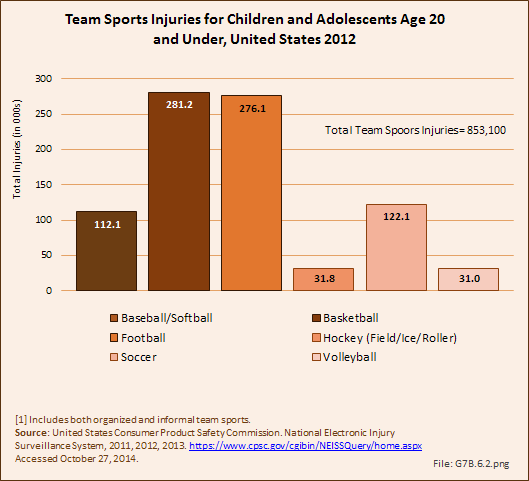
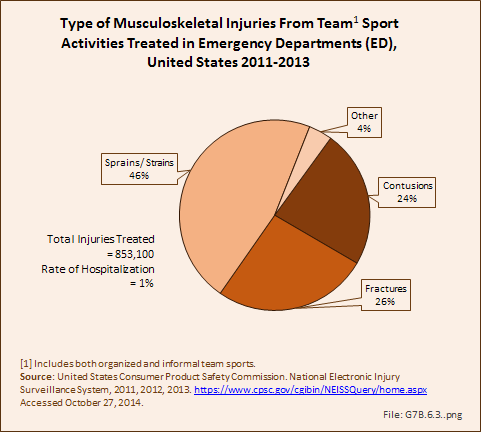

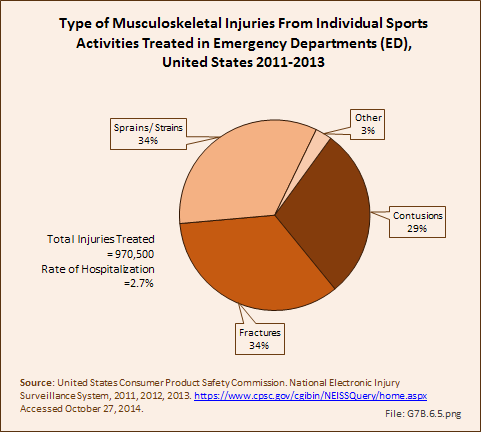
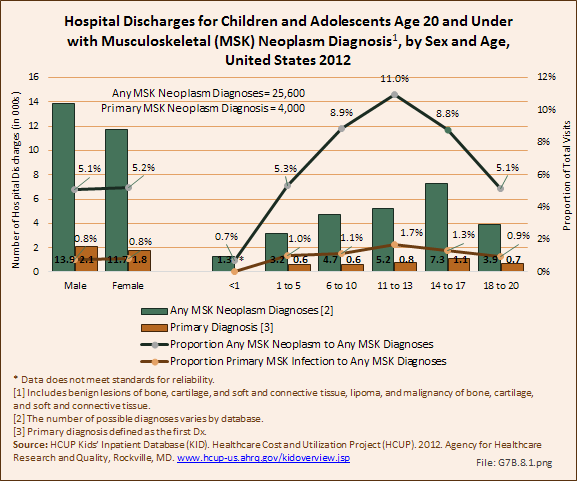
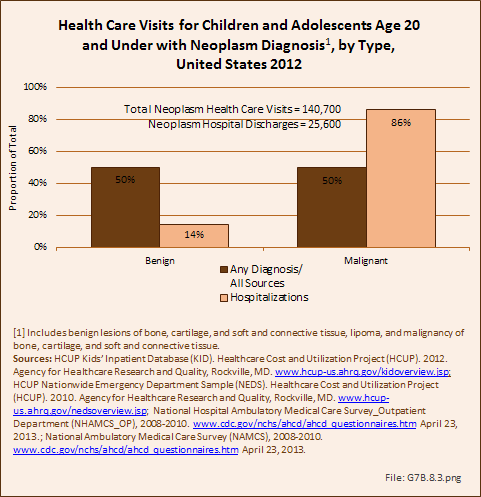
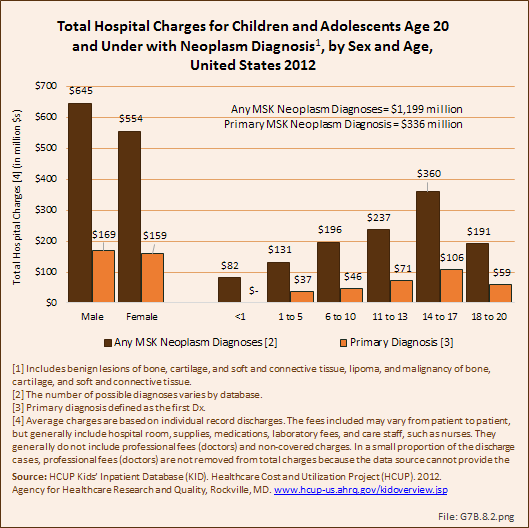

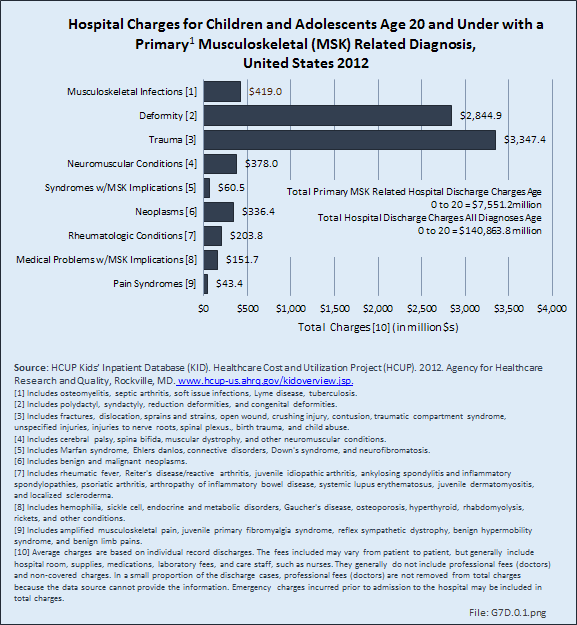
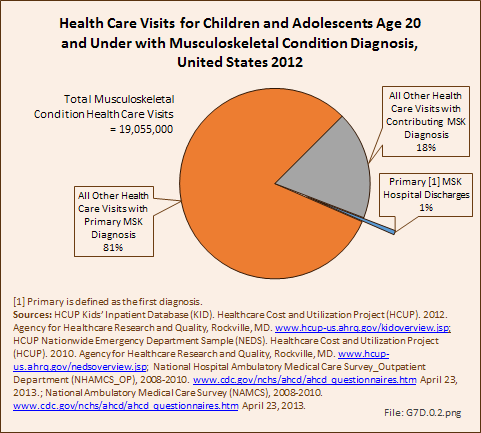

 Download as CSV
Download as CSV